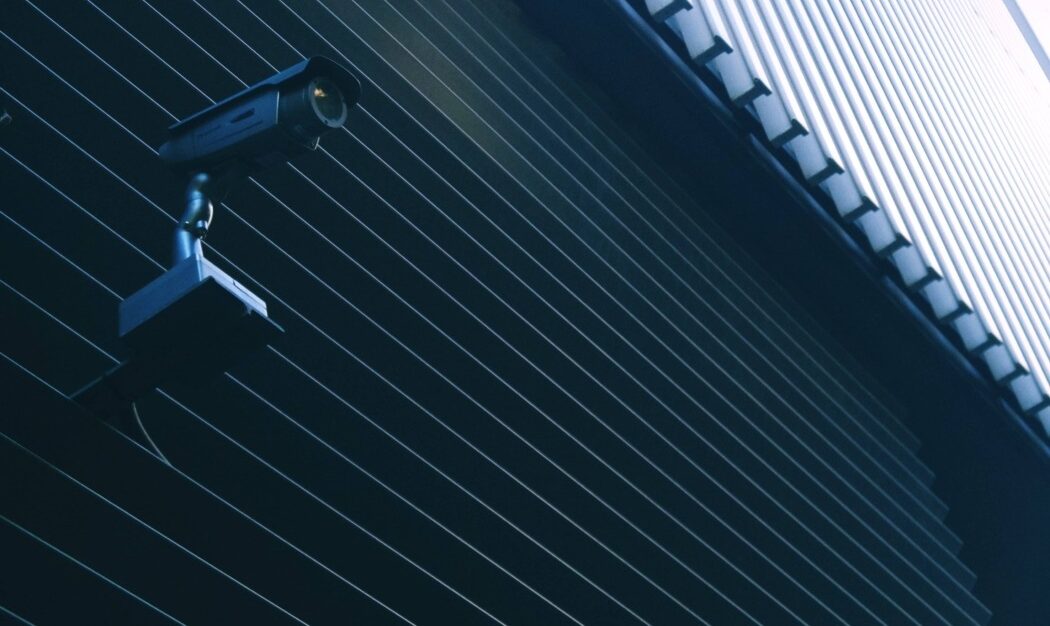“An escape from the real whilst still echoing reality”: what is a ‘Dystopia’?
Dystopian fiction and art attracts the morbidity, pessimism, and cruelty in all of us. It provides an escape from the real, while still echoing reality. Dystopias are so similar to aspects of our society, taken to the extreme so that they become seemingly completely different, providing satire and political lessons at the turn of every page.
But what makes a dystopia, and aside from our political leanings or our thirst for drama, so popular?
The word ‘dystopia’ comes from the Greek for ‘bad’ and then the word ‘utopia’, overall alluding to an undesirable, unfair, and cruel society, often presented in the future. The term ‘utopia’ was coined by Thomas More, as the revised title of one of his most famous works, Utopia (1516).
Dystopias often overlap with satire, sci-fi, drama, and thriller, to become one of the most wide reaching and varied genres in literature
However, here we see the first contradiction of the genre, as the society Thomas More describes, with no crime and equal distribution of resources, also presents a society without freedom. The Utopians have little choice in determining their lives, and children can be uprooted and relocated from their family to regulate the population of each city. Although the proto-socialist elements appear ‘utopian’ to many, the lack of civil liberties echoes many of the qualifiers for what is considered ‘dystopian’. From this, the complexities of the genre are made clear – it is in antithesis to itself.
However, this can be reconciled with the fact that the word ‘dystopia’ has come to mean so much more than just its definition. Dystopias often overlap with satire, sci-fi, drama, and thriller, to become one of the most wide reaching and varied genres in literature. Many dystopian works, like George Orwell’s 1984 (1948), have become icons referred to across culture and the arts, as there is an immense power in what these works reveal about the status quo.
These dystopias all pull at the same political threads in society, exposing the frays that we all know are there but refuse to acknowledge
George Orwell does this in 1984 by manipulating what is most familiar to us all – language. Orwell invents vocabulary and turns of phrase, so naturally used by the characters, that it reveals just how simple mass cultural control can be.
A more pressing question than the jargons of genre, is what features constitute a ‘dystopia’?
One misconception about dystopian fiction is that it is not real, that it is entirely fictitious, and written ‘purely for pleasure’.
Margaret Atwood’s world renowned The Handmaid’s Tale (1985) begs to differ. Atwood famously said in an interview that all of the policies, events, punishments, and mentalities in her award-winning novel are based on an amalgamation of real histories. This truth is central to the novel’s feminist, ecological, and political messages, providing what can both be called a mirror and crystal ball for America and the world. Atwood brings the dystopia to the reader, with Reagan’s regressive political policies, in addition to longstanding religious and cultural imagery of misogyny recognisable throughout the masterpiece. This is why this poignant work of literature has directly inspired many anti-Trump protests in recent years, objecting to the control of women’s bodies parallel to that in Offred’s narrative.
The Handmaid’s Tale is not alone in breaking the mould of dystopian fantasy. Ray Bradbury’s Fahrenheit 451 (1953) also draws on very real historical realities. For Bradbury, the suppression of art and culture, and anti-intellectualist movements, under regimes like those in Nazi Germany and the USSR are centre stage in their famous dystopia.
Similarly, the 2011 film Contagion (Steven Soderbergh) draws on historical epidemics like influenza. The film marries suspense and thriller themes with real scientific language to send a clear message to the audience – we are not in control, and modernity is fragile. Now in 2021, this reality is all too familiar, how an unseen, seemingly uncontrollable threat, can infiltrate and halt everything.
These dystopias all pull at the same political threads in society, exposing the frays that we all know are there but refuse to acknowledge. But the question still remains, how do authors do it, and what brings these books together?
The answer to this question could be about their grounding in truth. The definition of a dystopia could centre around its prophetic qualities. There are so many answers in what is an ongoing discussion, constantly evolving as new dystopias are realised and new political situations provide their inspiration. Overall, what is most important is that we learn from these complex and disturbing works of art, and speak up when we begin to live in a dystopia ourselves.

Comments